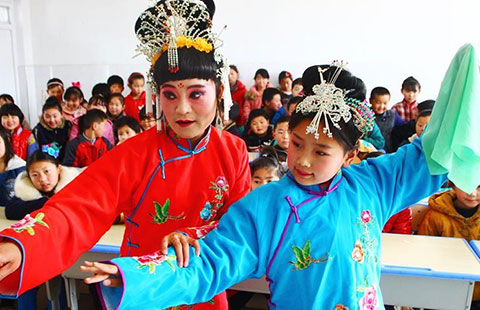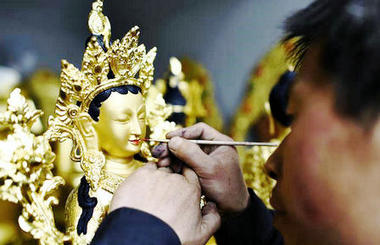From Fish to Man
By Yang Yang ( China Daily ) Updated: 2016-03-30 08:55:01
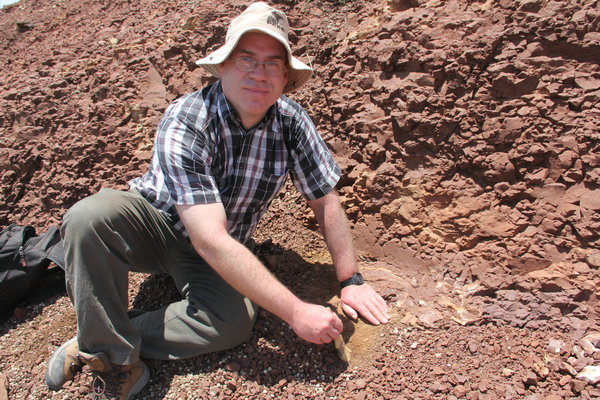 |
|
Paleontologists Corwin Sullivan, one of the authors of From Fish to Human: The March of Vertebrate Life in China.[Photo provided to China Daily] |
Wang asks: "We want to know what's going on. How did we evolve from the primitive fish to the present stage? Are we the end of the world?"
The book project lasted two and a half years.
The authors selected 15 representative biotas and fauna based on fossils discovered around China to show the nine key transitional events through the fish-to-human evolutionary process, talking about not only the stories of the fossils but also internationally well-known paleontologists who discovered them.
The 15 biotas include the Chengjiang Biota, from which the oldest known fish on Earth is said to have appeared,which is linked to the first key transition-the emergence of the backbone. Then, there is the Jehol Biota, from which the first feathered dinosaur fossil was discovered, that's linked to the eighth key transition-the evolution of feathers. Then the book moves on to the Zhoukoudian Site,where the remains of the Peking man were discovered,marking the origin of early humans.
"We wrote about fauna that represent different geological ages. We selected the most-representative fauna to represent each age... to show what was happening in vertebrates' evolution at those specific times,"Wang says.
Because of people's love of dinosaur stories, they've devoted five of 15 chapters in the book to the extinct animals.
Many difficult decisions had to be made while picking fauna and fossils for the book.
"We couldn't have covered everything. There are a lot more Chinese fossil records than there are in the book. It's a good look at Chinese fossil records-not absolutely comprehensive, but it does give a good sampling of what China has," Sullivan says.
|
|
|
|
|
|
|
|

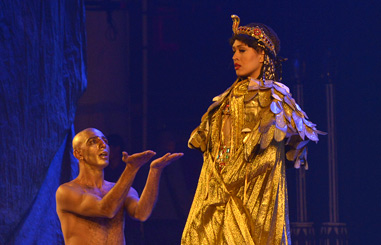
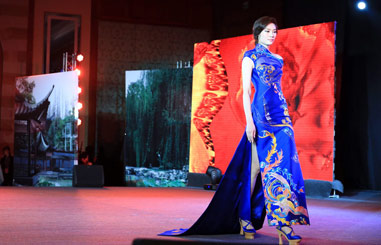
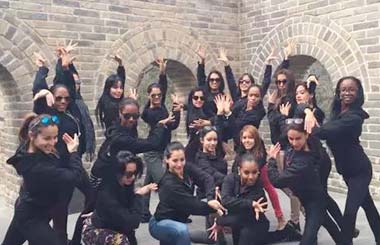














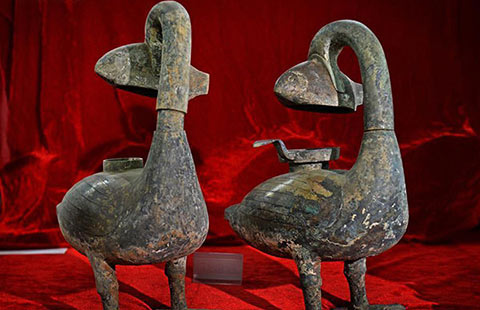




 Raymond Zhou:
Raymond Zhou: Pauline D Loh:
Pauline D Loh: Hot Pot
Hot Pot Eco China
Eco China China Dream
China Dream China Face
China Face

